Toddler Training: Part 2
Our children desperately need to be lovingly, patiently trained. The role of motherhood is to raise children that grow to be independent, self functioning, and responsible. Taking seriously the role to instruct and train is of utmost importance.
Hopefully you read Part 1 in regards to training and the thoughts/motives behind it. If I’m honest I would say that 75% (or more) of my job as a mom is training. I do these steps often and for many different commands or scenarios.
Note: Please remember as you read through these “steps” that our children first need to be shown kindness and love. If you treat your children with impatience, sarcasm, unkindness or have a short temper my recommendation would first be to intentionally address those areas in you before attempting to address the changes you wish to see in your child.
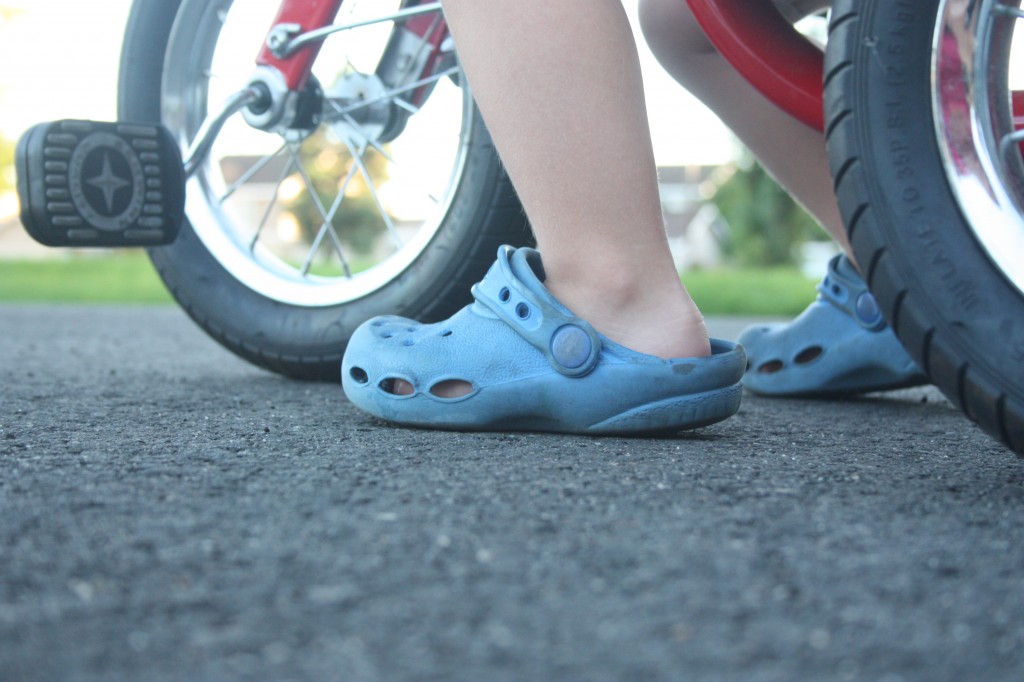
Training 101:
- Make a list of areas that cause friction: Start with the simple, then slowly “graduate” to the more complex.
Ex: child does not look at you when you call their name, child does not come when you say “come”, child does not put their shoes away, child does not listen when told to get in their car seat. - Pick One To Work On First: I highly recommend starting with teaching your child to look at you when you say their name. You need to be able to gain their attention at any given time in order to move to any other training sessions.
- Set up a training session:
Ex: Pick a moment, when the mood is lighthearted, there aren’t a lot of distractions and the day is normal. Simply say “Hey, [insert child’s name] I’m going to teach you something and we’re going to make a game out of it! But, it’s something you’re really going to have to learn, instead of just a silly game. Okay?”
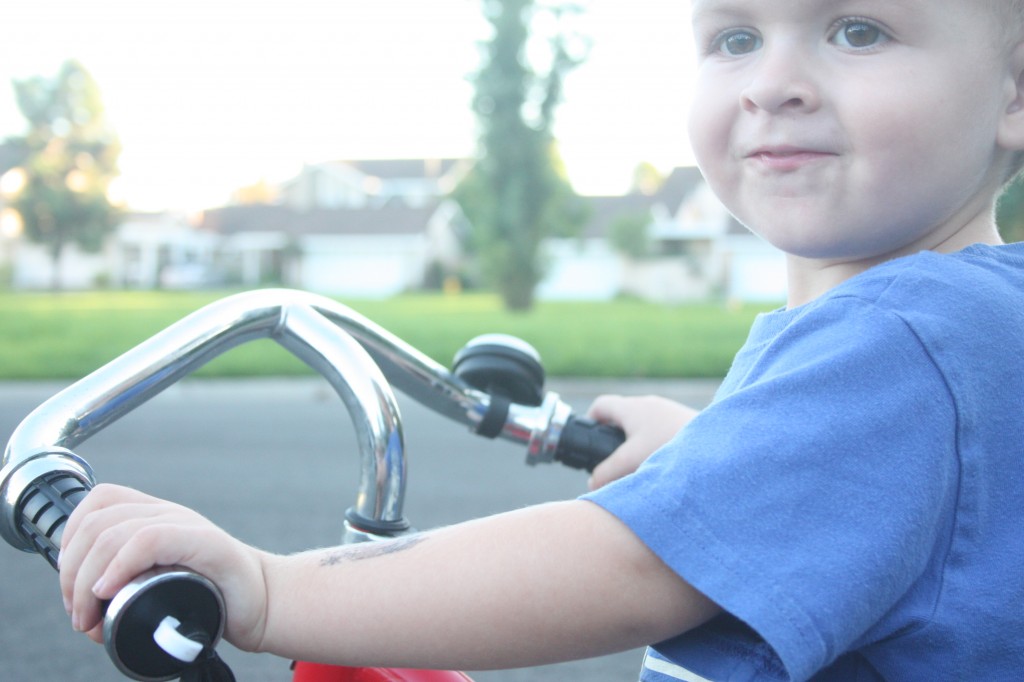
- Explain what the “game” is.
Ex: “I’m going to call your name. You need to look at my eyes. That’s it! Every time I call your name, as fast as you can, you look at my eyes.” - Practice, practice, practice
Call out his/her name and have them look right at you. If they don’t look at you right away, then say in a lighthearted way “Ohhh! Noooo!!!! You weren’t quick enough!!!! Let’s try again!”
Ex: move to different parts of the room or try to hide behind something. Make it fun, but make sure your child follows through every time. Play for about 4-5 minutes and then end the game. If the child clearly caught on fast, then try again to re-enforce about an hour or two later.
- Be encouraging. Praise and encouragement will help to reinforce that they’ve learned what you’re trying to teach. Don’t hold back, celebrate even the smallest of “wins”.
- Depending on the child’s age the results will be different. You can start this as soon as the child understands their name. Obviously the younger the toddler the more repetition will be needed. If child does not “get it” then keep training a little bit each morning or whenever there’s some down time until the skill is mastered. If your child is older and already resistant it also may take more effort to help them re-learn a new way of responding to what you are expecting. Be patient, but remain consistent.
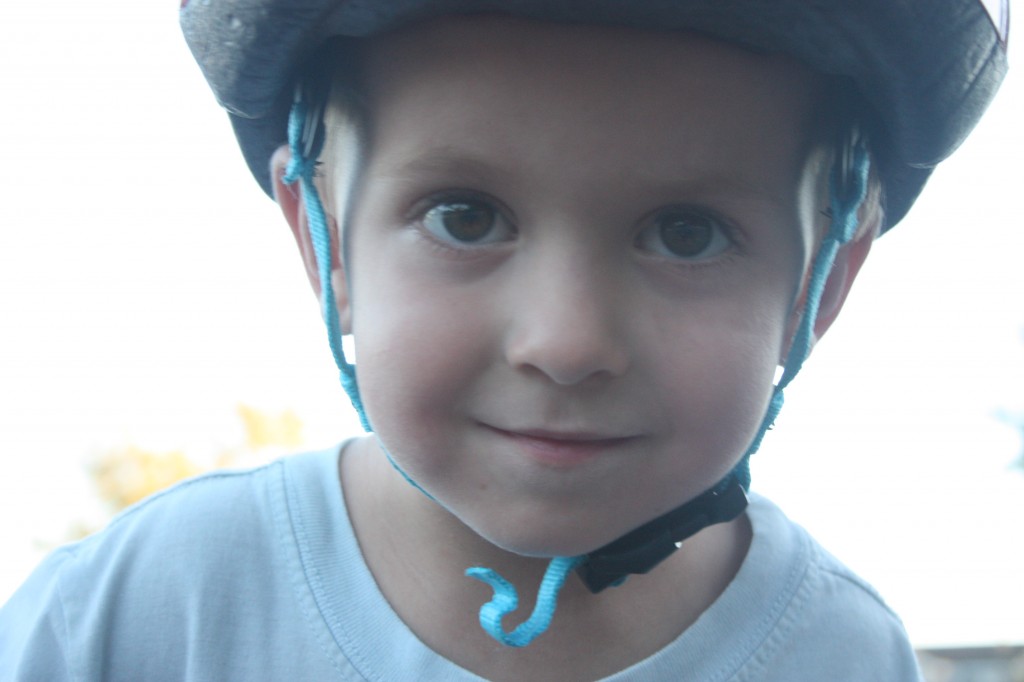
**Mastered Skill: You should be able to say your child’s name firmly, calmly, normally, without raising the tone, without demanding, without repeating over and over again. Just one time and the child should turn from whatever they are doing and look straight at you. Child should respond quickly without fail, every time. Offer encouragement, praise and affirmation as they learn along the way, but especially when they get it!
TRAINING SESSION #2:
I recommend the second training session to be the word “come”. Use the same steps as above, but this time walk them through what their body needs to do when you say “come”, not just their eyes when calling their name.
- Let your child know that you’re going to teach them something new again and explain the expectation.
Ex: I’m going to say the word “come” to you and no matter what you’re doing, or how badly you want to keep playing, I need you to listen to moms voice and come when I say to come.”
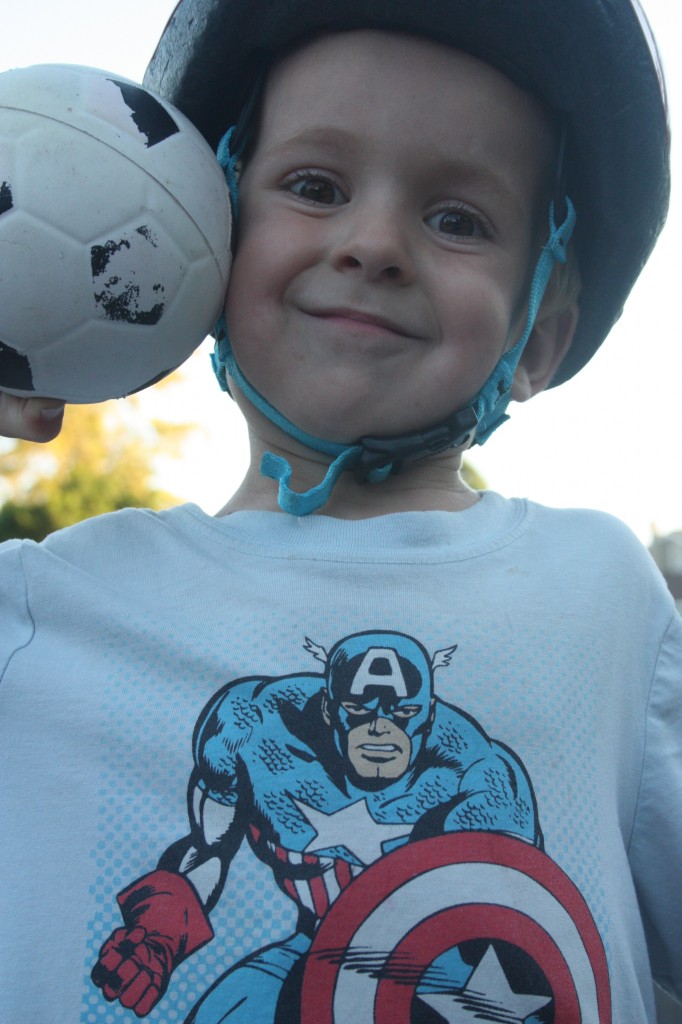
- Walk through each of the steps since this one involves them moving their body rather than just looking at you. Act it out for them.
Tip: Let them play the “mom” roll a few times and say “come” to you to show them what you want for them to do.
Ex: Place your child in the living room and walk away about 10 feet where he/she can still see you. Say, “[your child’s name], come.” Be clear, firm, concise, and direct. Don’t raise your tone or say it in an angry way. - If your child just stands there, calmly walk over and take them by the hand and walk them back to where you called. Explain that this is what you expect to see when you say the word “come.”
- Practice, practice, practice!
Ex: Move to different parts of the house. Call from the kitchen or outside. Don’t hide, but have them practice hearing their name, hearing the word “come” and grow in knowledge that they must come find you when you call. - Don’t forget the encouragement!!! Be very generous and very affirming. Children need to know when they have done something well. Be their biggest cheerleader as they learn new skills.
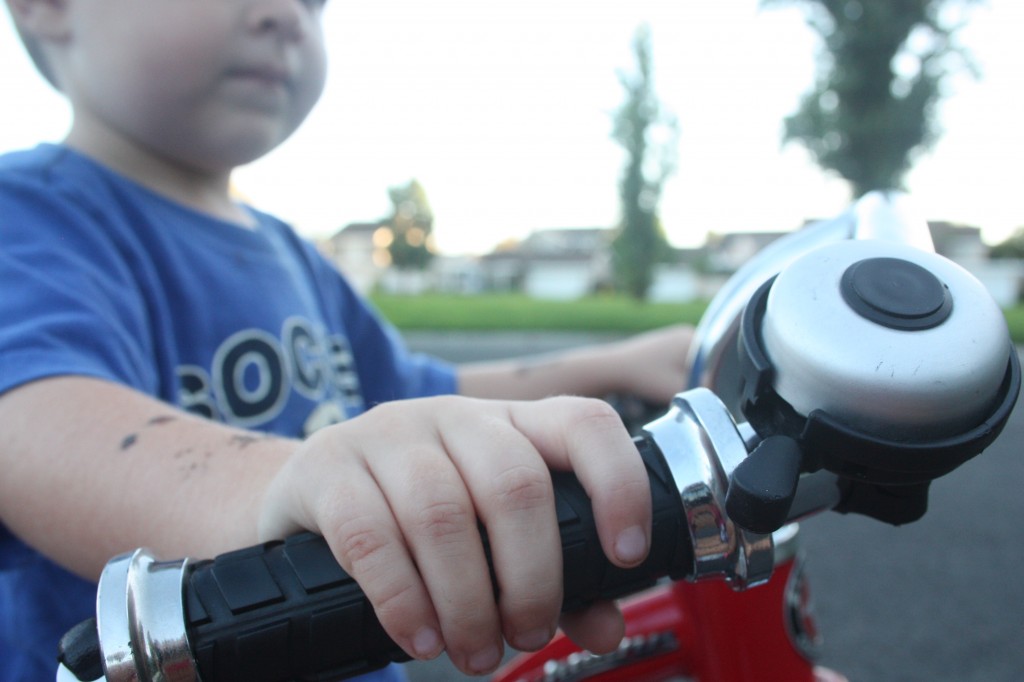
**Mastered Skill: You should be able to say your child’s name and the word “come” and your child should come straight to you, without delay. As your child grows in this skill you can test them when they are in the middle of a movie or engrossed in playing with a favorite toy to make sure they have learned this well.
**Tip: Keep an ongoing list of frustrations or pain points that you repeatedly deal with to know what areas you should train in next. I keep my list in my phone so that I can keep track of it in real time.
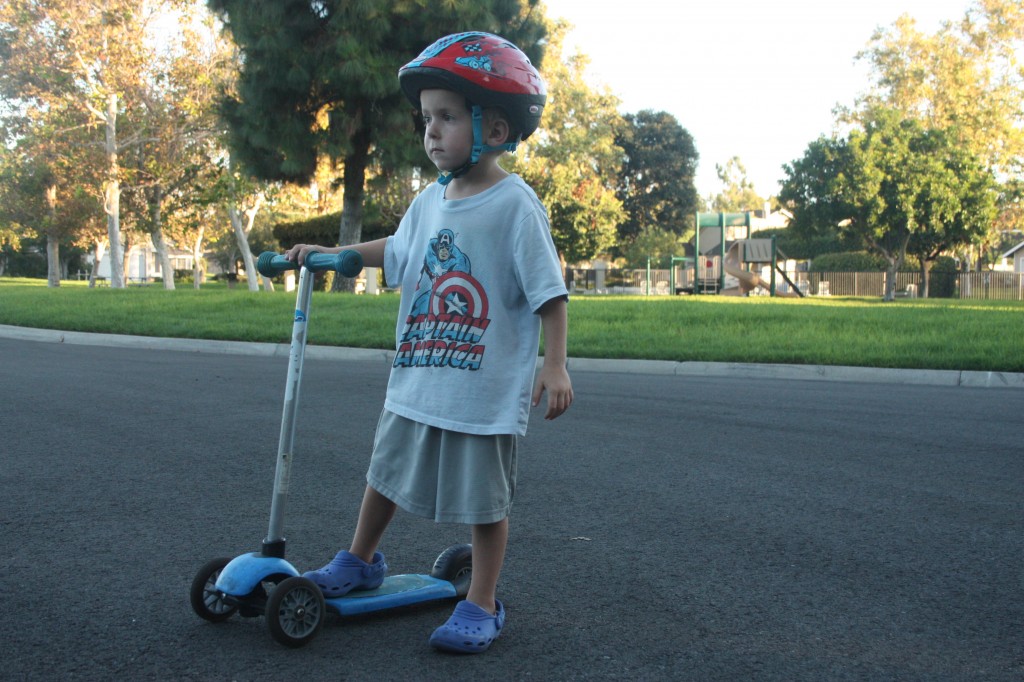
REFRESHER COURSES:
Just as a heads up, children will do well for awhile and then you’ll notice a slowness or delay or forgetfulness of what is required. It’s not necessarily a willful defiance, rather a lack of swiftness in response. Whenever you notice a skill is slipping, simply re-train. The re-training for us is often very brief and goes something like this…
Mom: “Kai.” (he doesn’t turn right away and finishes talking with his sister and then a few seconds later he eventually says “ya mom?” without looking at me)
“Okay, Kai. I was going to ask you something else, but we need a reminder on what you should do when I call your name. We are going to practice again for just a bit before I ask you the other question. Turn your eyes away and when I call your name you need to look straight at my eyes right away. Okay?”
Kai: “Okay.”
Mom: “Kai.” (Kai turns to look at me quickly, just how I had taught him) “Great job!” “Let’s try it a few more times just to make sure you’ve got it! Turn away again…”
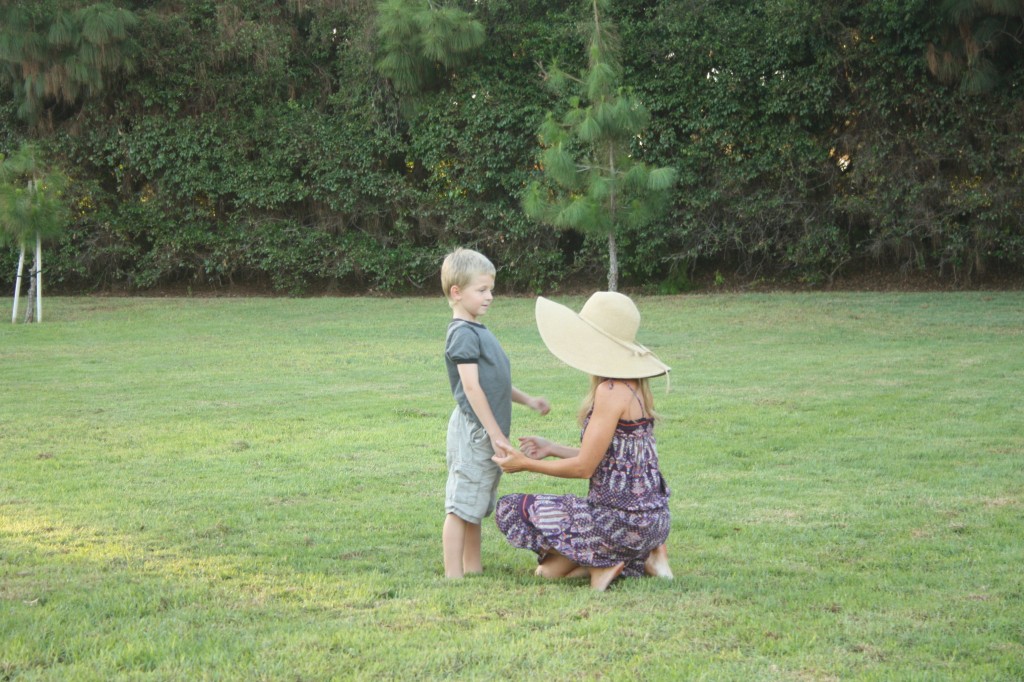
Hopefully you get the idea. A refresher isn’t a bad thing. How often do I need to be reminded of things too?! Once the first skill is mastered, keep going!
TEST TIME:
“Take Out a Clean Sheet of Paper for a Pop Quiz.” I hated those words in school, but I see now why my teachers did that. Sometimes you need to know if what you are teaching is being retained. Training needs to take place in the home so that when you are out in public you can see how the skill learning is going. Think of it this way, training at home is like homework, out in public is like the test. You’ll quickly see what dinner table skills need to be taught more fully if you go out to eat at a restaurant and your kids cannot control the volume of their voices and refuse to sit in their seats. You’ll quickly see which basic commands need to be practiced more often if you go to a park and your child does not come when you call for him/her. It’ll take no time at all to know that the words “stay by me” need to be reinforced if you go for a walk and your child runs out into the street.
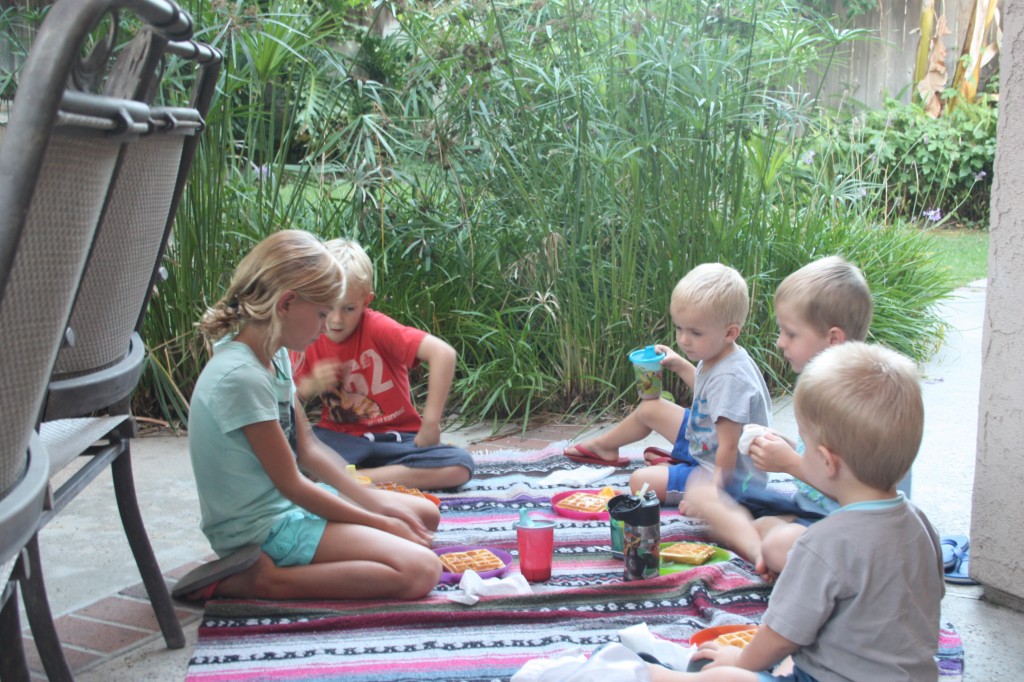
CORRECTION/DISCIPLINE:
Discipline without training destroys unity.
There is no amount of discipline that make up for a lack of adequate training. I cannot encourage enough for parents to focus on training first. I have a deep conviction that I will not discipline my child for a skill they fail at if I have never taken the time to properly train them. Once you have done the hard work of going through these training exercises to instruct and train your child it makes it easier to know when to discipline. If my child knows exactly what I am asking and refuses to obey, then I know it’s time to move toward correction.
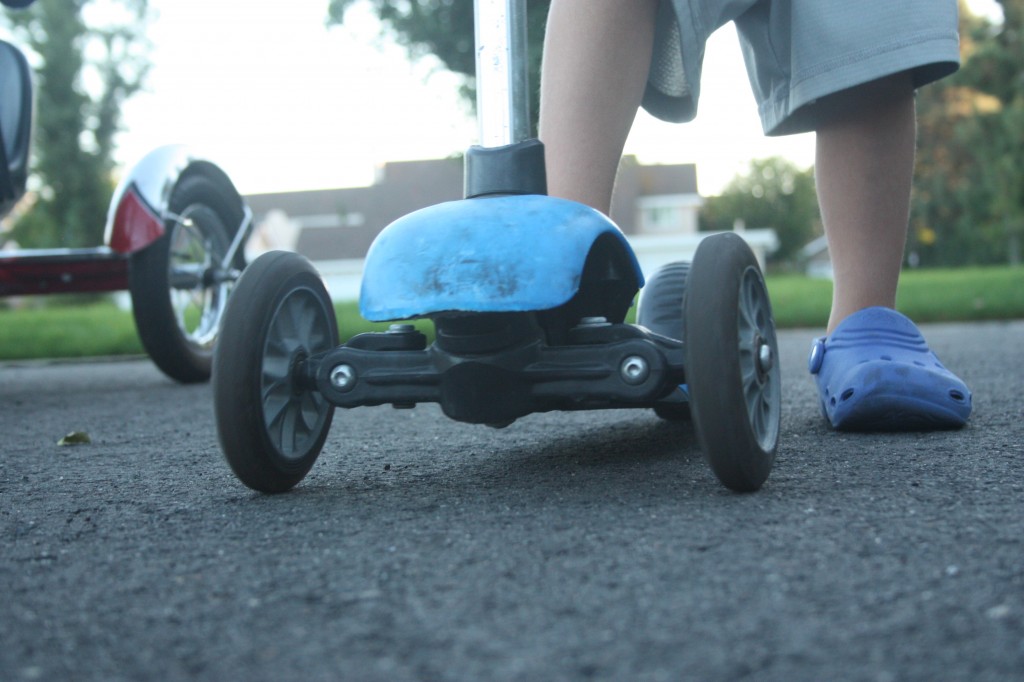
CONTINUED TRAINING:
- Are there fights about who gets into the car first? For our suburban I’ve trained my kids in the order that makes sense based on where the carseats are situated. I have ordered them so that no one is climbing past another.
- Does your child run away from you at the park or in public settings? Begin training in the home, but then also reenforce that lesson in a real park or in a real store to make sure the kids know that the command is to be adhered to everywhere.
- Does your child not know what to do when leaving the house? We give a 15 minute warning and then the children know to get everything for themselves ready and be waiting in order by the front door.
- Does your child not put their shoes on when you say to put their shoes on? I love to practice this one during a normal day when I don’t have anywhere to be. That way, when the real time comes and we are in a hurry they know exactly what to do. Even very young children can be shown how to get their shoes and bring them to you to have you help put them on.
- Does your child need to sit on your lap without being squirmy? Maybe you’re preparing to travel on an airplane? Or maybe you need them to sit with you in church or at a show? Practicing in the home how to sit still and play on your lap with help when the “real” times come.
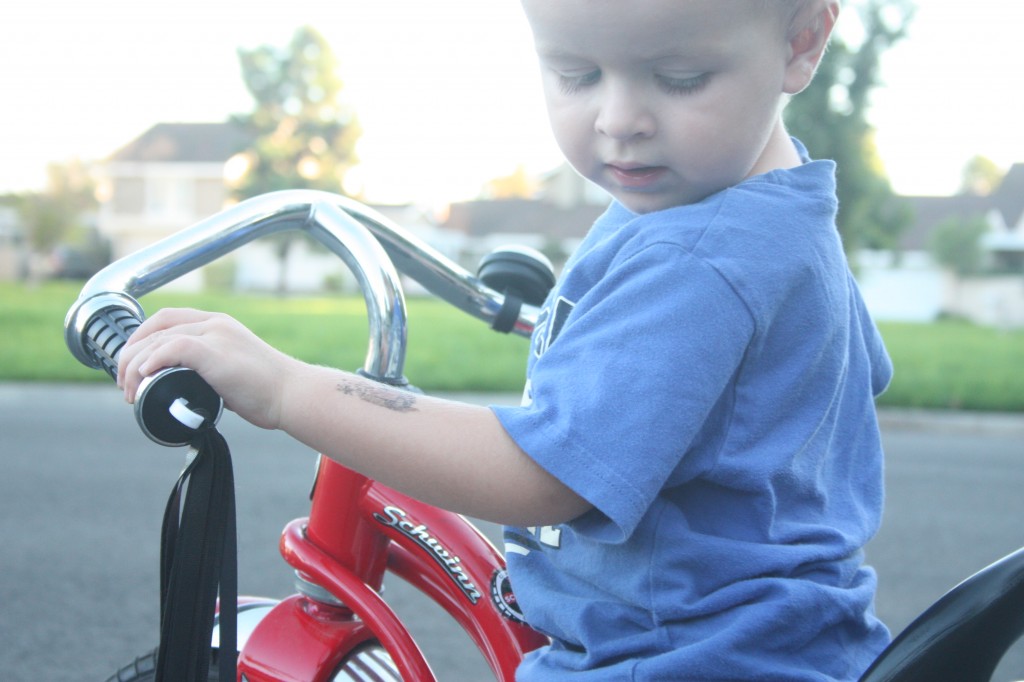
I hope these steps help! If you have any questions please don’t hesitate to ask!
Comment below and share what training session you feel that your child needs to learn the most.

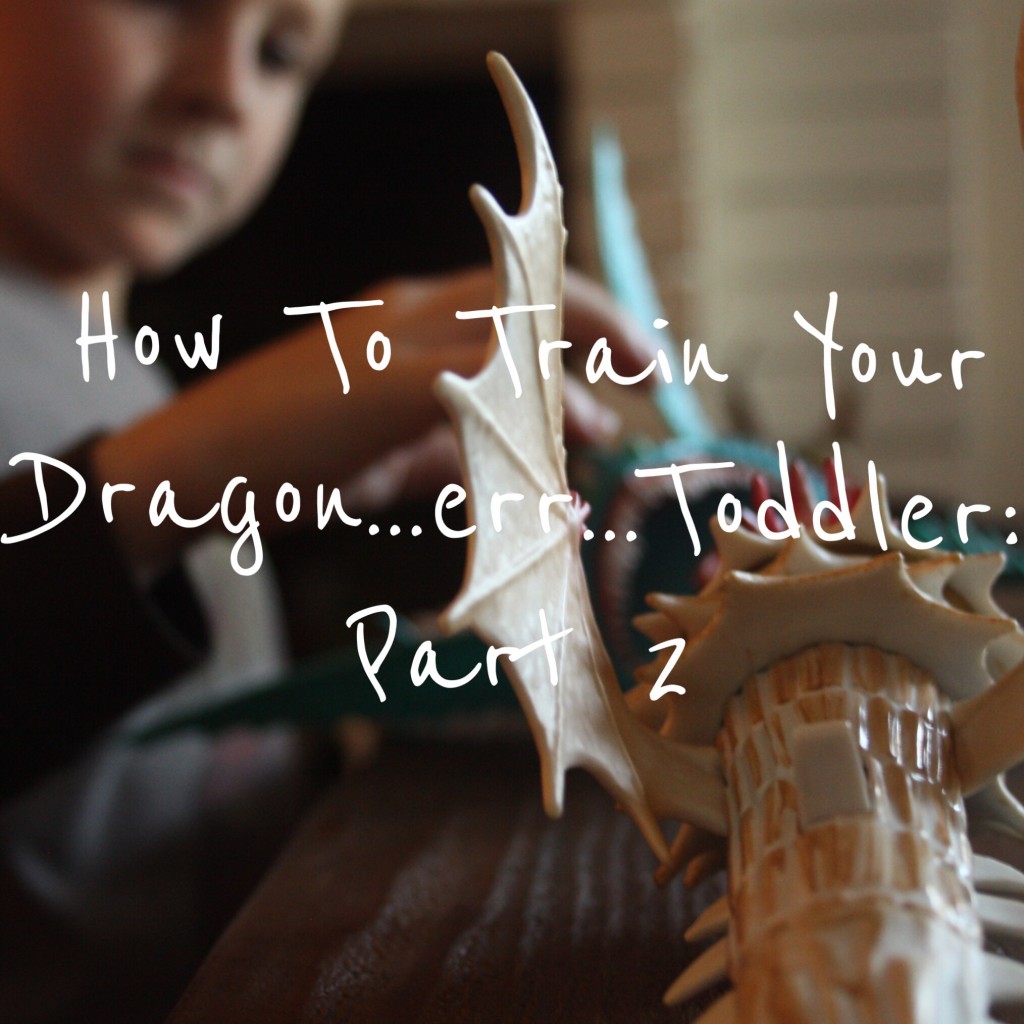



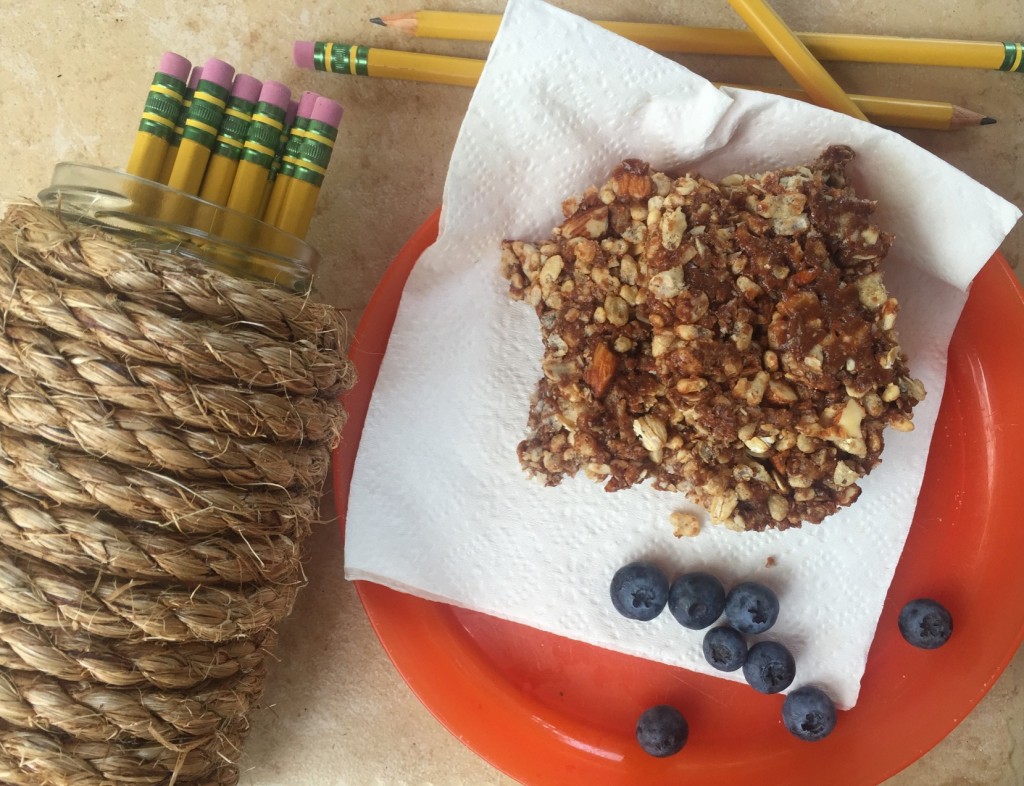
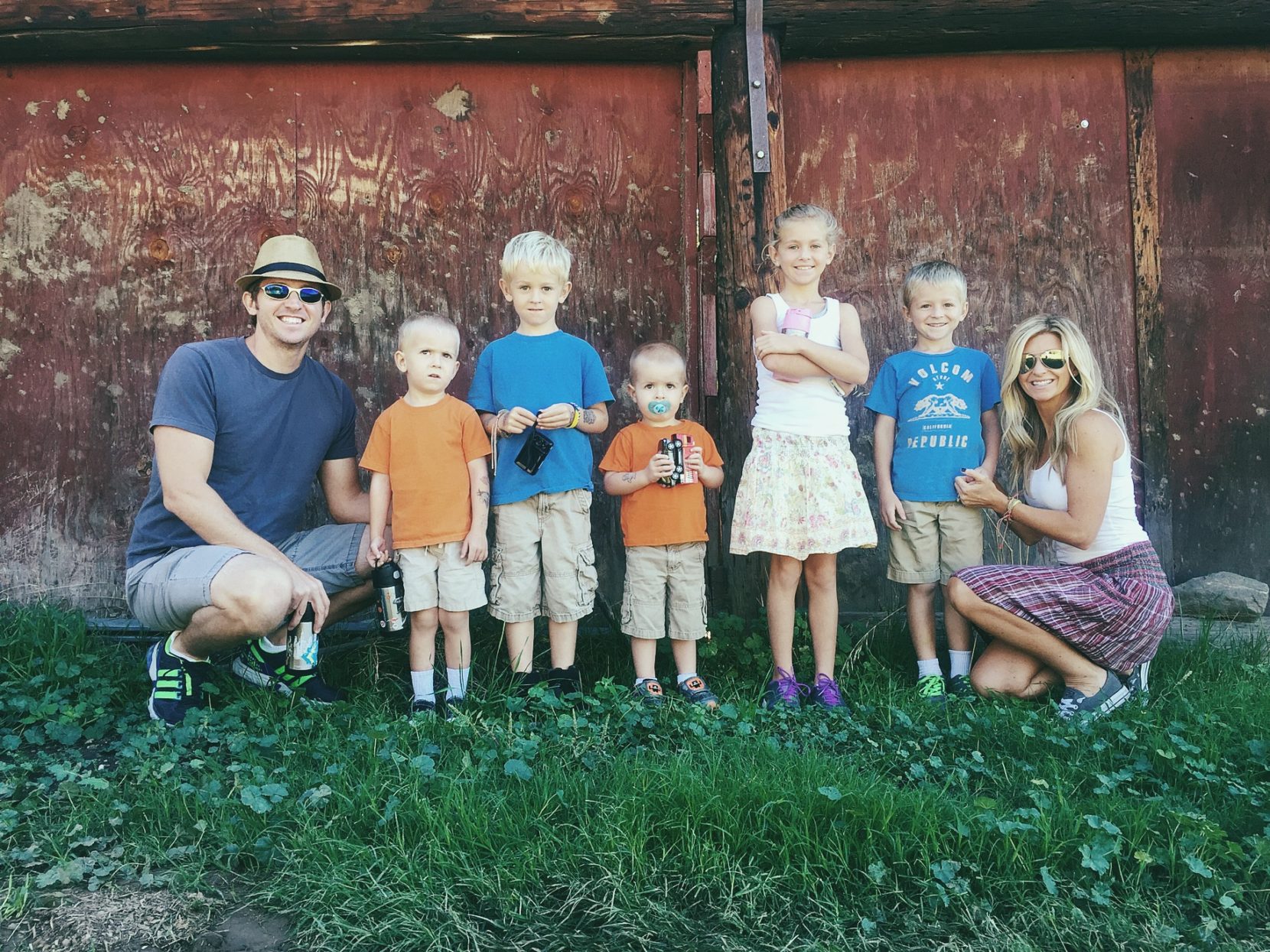
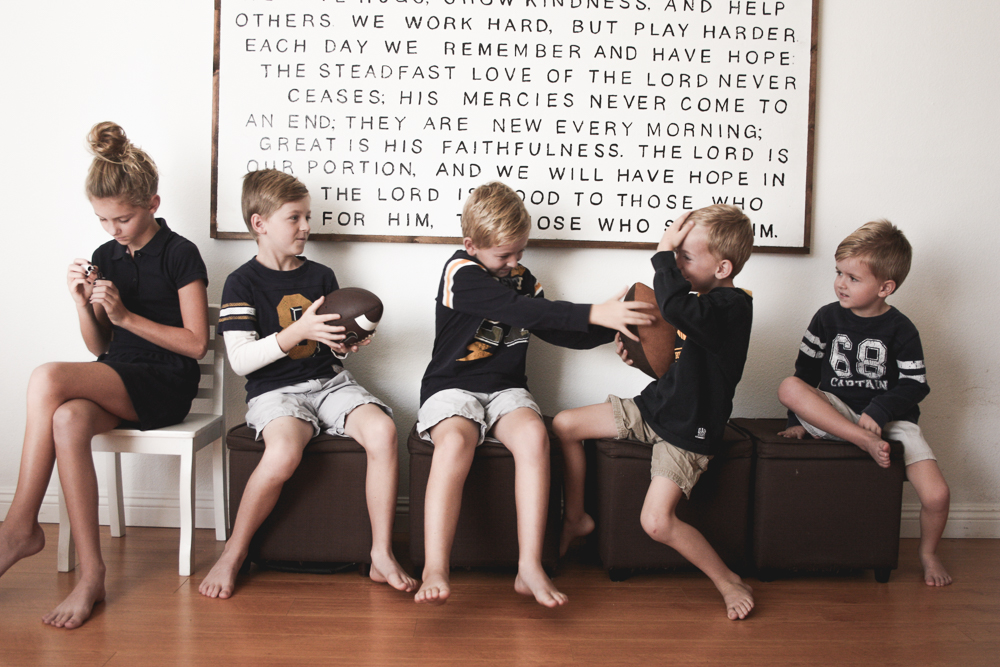
I loved this! Thank you! <3
This is great. It goes along with the parenting the internationally adopted child book that we are reading…eye contact is key! Once we have started bonding and he’s “attached” to us (and he understands English!), I’m sure we’ll follow these training tips for Judah 🙂 thank you!
This was an amazing read. I think I will start using these tips today!
I also realized that me and my husband do some of these things. We will not answer when we hear our names right away. Thanks for posting!
#motherhoodissanctifying
Thank you Natalie! You’re so right! Motherhood IS sanctifying! I love the part that you wrote about how you and your husband don’t answer the first time either! Such great insight that our example matters. Let me know how it goes with using more of the tips! I’d love to hear how your kids respond. -M